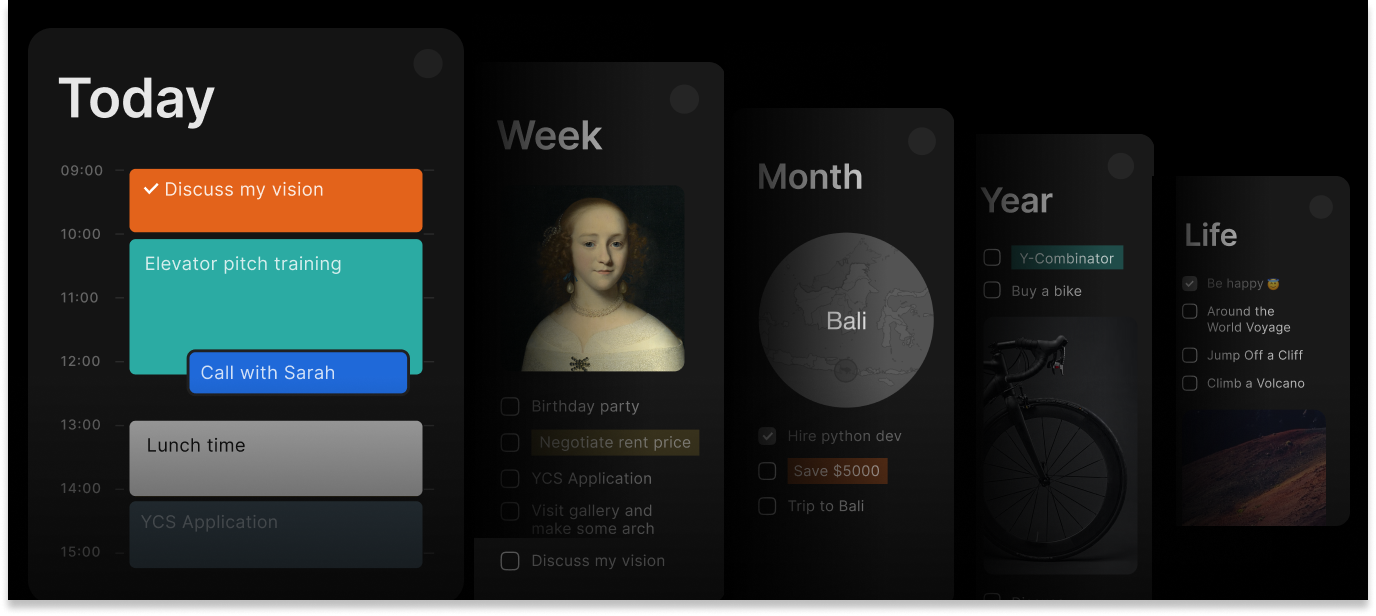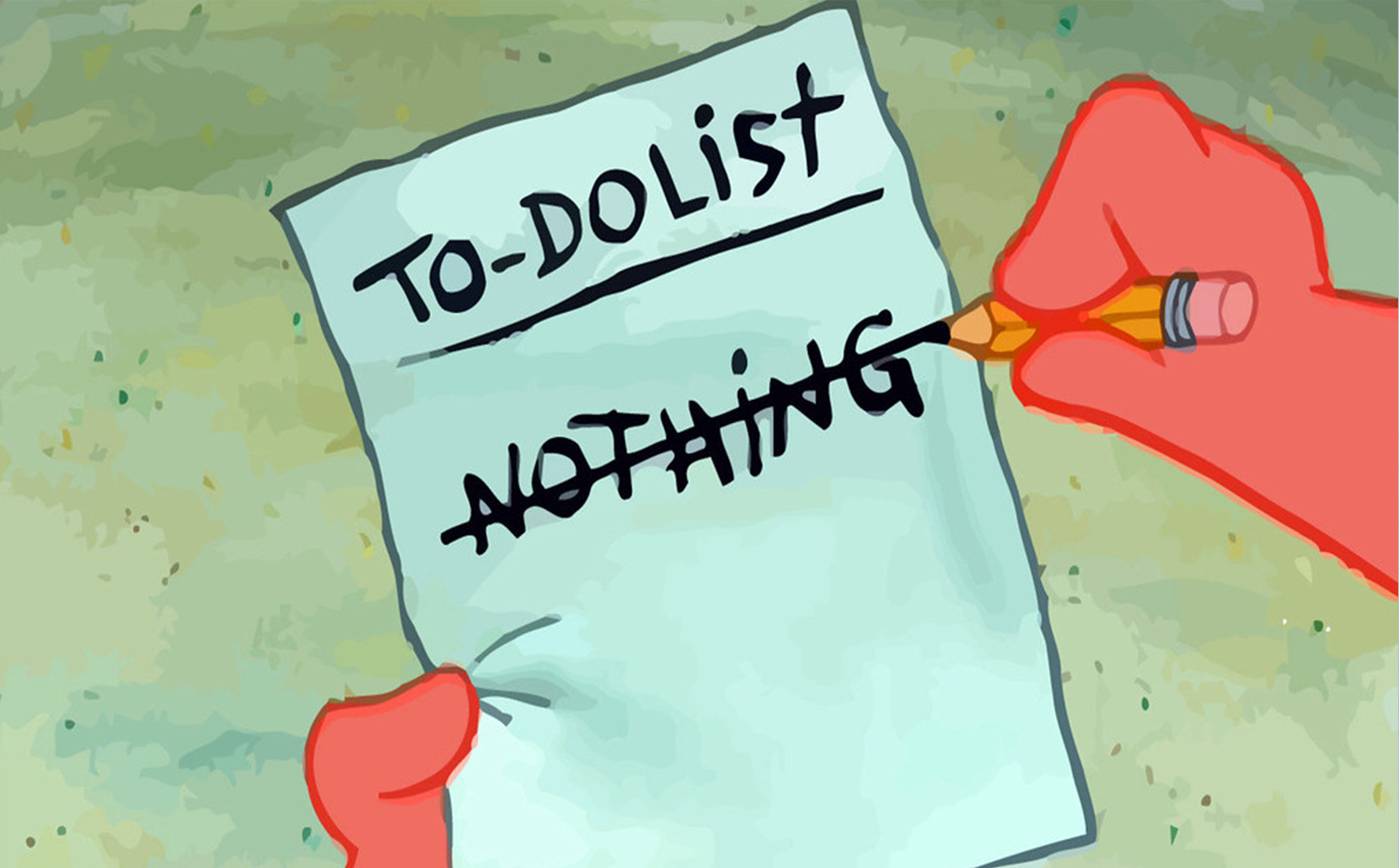Why Knowledge Sharing Feels Like a Superpower for Teams

Picture a workplace where ideas and insights flow as easily as a chat over coffee—that’s the magic of knowledge sharing. At its core, what is knowledge sharing? It’s about teammates coming together to share knowledge, swapping tips, experiences, and expertise to make work smarter and more creative. By embracing sharing knowledge in the workplace, teams spark innovation, solve problems faster, and build a vibe where everyone’s learning. The act of sharing knowledge isn’t just a nice-to-have; it’s a game-changer that fuels collaboration and growth. Tools like Timestripe make knowledge share effortless, helping teams capture and spread insights in real time. This article dives into why knowledge sharing in the workplace matters, how to make it happen, and how to overcome hurdles to share knowledge in the workplace effectively.
What’s Knowledge Sharing All About?
At its heart, knowledge sharing is about people coming together to exchange what they know—whether it’s a clever workaround, a client tip, or a big idea. It’s not just about dumping facts on a shared drive; it’s about creating a vibe where everyone feels comfortable tossing their thoughts into the mix. When teams share knowledge, they’re building a smarter, more connected group that can tackle challenges with confidence.
In today’s world, where markets shift and tech evolves overnight, knowledge sharing in the workplace keeps teams nimble. Picture a designer spotting a new trend and dropping it into a shared space like Timestripe, where the marketing team picks it up and runs with it. That kind of flow sparks ideas and keeps companies ahead of the curve. Timestripe’s simple setup helps teams jot down and share insights without breaking a sweat, making sure nothing valuable slips through the cracks.
Why Sharing Knowledge Pays Off
When teams embrace knowledge share, good things happen—think better ideas, happier people, and smoother workflows. It’s like a rising tide that lifts everyone. Here’s what makes it so powerful:
- Sparks Creativity: Mixing different perspectives leads to fresh ideas and unexpected solutions.
- Saves Time: When know-how is shared, no one’s reinventing the wheel or starting from scratch.
- Grows Skills: Teammates learn from each other, picking up new tricks and leveling up.
- Builds Team Spirit: Sharing knowledge connects people across departments, making collaboration feel natural.
- Smarter Choices: With everyone’s insights on the table, decisions are sharper and more informed.
Take a sales team logging customer feedback on Timestripe. That info can flow straight to product developers, who tweak features to match what customers want. It’s a win-win that makes the whole company stronger and more in sync.
The Kinds of Knowledge Worth Sharing
Knowledge comes in two flavors: the stuff that’s easy to write down and the stuff that’s trickier to pin down. Both are gold when it comes to knowledge sharing.
Explicit Knowledge
This is the straightforward stuff—think documents, guides, or data that’s easy to capture. Examples include:
- How-to manuals for processes
- Reports packed with numbers and insights
- Slide decks from training sessions
- Company rules or best practices
This kind of knowledge is a breeze to share through platforms like Timestripe, where teams can organize and find it without digging through endless folders.
Tacit Knowledge
Then there’s the less tangible stuff—the wisdom that comes from experience. Think:
- Tricks for handling tricky clients, learned the hard way
- Gut instincts for making smart calls under pressure
- Problem-solving hacks picked up over years
Sharing this takes more effort, like chatting over lunch or mentoring a newbie. Timestripe helps here too, letting people jot down stories, tips, or quick notes from brainstorming sessions, so those nuggets of wisdom don’t stay locked in one person’s head.
By blending both types, teams can tap into a full spectrum of know-how, making knowledge sharing a game-changer.
How to Make Knowledge Sharing Happen
Building a culture where teams share knowledge doesn’t have to be complicated. It’s about creating habits and using tools that make sharing feel effortless. Here are some ways to get it rolling:
- Gather Like-Minded Folks: Set up groups where people with similar roles swap tips and ideas.
- Pair Up Mentors: Connect seasoned pros with newbies to pass on hard-earned lessons.
- Centralize the Good Stuff: Use a shared space for guides, reports, and other resources.
- Lean on Tools: Platforms like Timestripe let teams collaborate in real time, capturing ideas as they happen.
- Host Learning Sessions: Regular workshops or lunch-and-learns encourage everyone to share knowledge in the workplace.
Timestripe shines here. Its clean design lets teams create shared boards, track ideas, and work together on projects without missing a beat. Imagine a product team using Timestripe to log design tweaks, share prototypes, and get feedback from sales—all in one place. That kind of setup keeps everyone aligned and ideas flowing.

Tackling Roadblocks to Knowledge Sharing
Even with the best intentions, knowledge sharing can hit snags. Here’s what often gets in the way and how to fix it:
- Siloed Teams: When departments don’t talk, knowledge gets stuck. Break this by encouraging cross-team chats and shared goals.
- Hesitation to Share: Some folks worry about looking foolish or losing an edge. Build trust by celebrating contributions, no matter how small.
- No Time: Busy schedules can make sharing feel like a chore. Tools like Timestripe simplify it, letting people drop quick notes or updates.
- Clunky Tech: Old systems can slow things down. Modern platforms make access and sharing smooth and intuitive.
By tackling these hurdles, teams can make knowledge share a natural part of the workday, unlocking everyone’s potential.
How Tech Makes Knowledge Sharing Easier
Tech is a game-changer for sharing knowledge. It tears down barriers like distance or time zones, letting teams collaborate wherever they are. Tools like Timestripe, cloud platforms, or internal wikis make it easy to store, find, and add to shared knowledge.
With Timestripe, teams can log ideas, track projects, and share updates in real time. Its flexible boards and timelines keep both explicit and tacit knowledge organized, so nothing gets lost. Plus, smart tech like AI can take things up a notch by suggesting relevant content or pointing out who knows what.
But tech only works when people buy in. A culture that values knowledge sharing ensures tools like Timestripe are used to their fullest, amplifying teamwork and creativity.
Wrapping It Up: Try Timestripe for Smarter Sharing
At the end of the day, knowledge sharing is like the glue that holds great teams together. It fuels creativity, saves time, and builds a workplace where everyone’s learning and growing. From documented guides to hard-won expertise, every bit of shared knowledge makes a difference. Sure, challenges like silos or busy schedules can pop up, but with the right approach, they’re easy to overcome.
Timestripe is a fantastic tool to make knowledge share simple and effective. It helps teams capture ideas, collaborate in real time, and keep insights accessible. Whether it’s brainstorming a new campaign or sharing lessons from a tough project, Timestripe keeps the knowledge flowing. Curious to see it in action? Give Timestripe a try and watch how it transforms the way teams connect and create.
Read next

Let's Get Started
Invite your team to try Timestripe and see how it transforms knowledge sharing in the workplace.
Get Started

